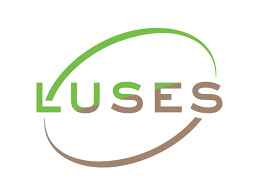Weed seed dispersal via runoff water and eroded soil
High rainfall intensities on slopes produce runoff and erosion, but seeds are also carried down slope into streams by surface wash, causing weed infestation in lower parts of a river system. This interdisciplinary study was performed in the Houay Pano catchment (M-TROPICS/MSEC in Laos), farmed by smallholders and equipped with eight gauging stations. Main findings are: most seeds were exported in running water and only 8% was trapped in eroded soil, 96% of seeds were weeds and grassy seeds were preferentially washed out, hill slope processes were the major contributors to seed dispersal, and wetlands and the riparian areas had only a local effect on dispersal.
The paper was published in the Agriculture, Ecosystems & Environment journal. For paper download please click here (50 days’ free access to the article, available until September 06, 2018).


















